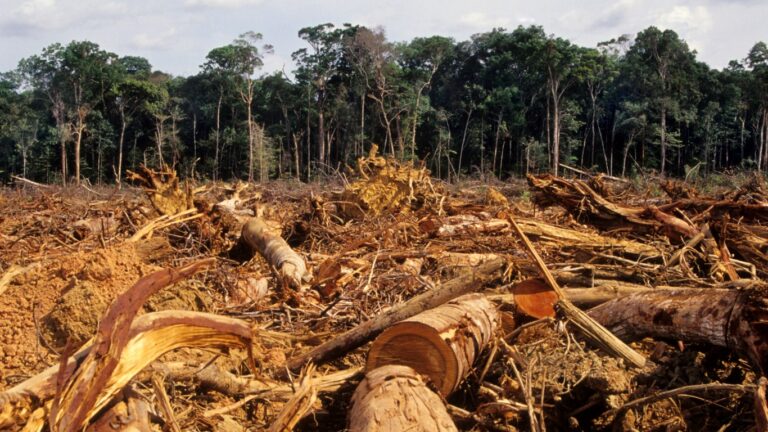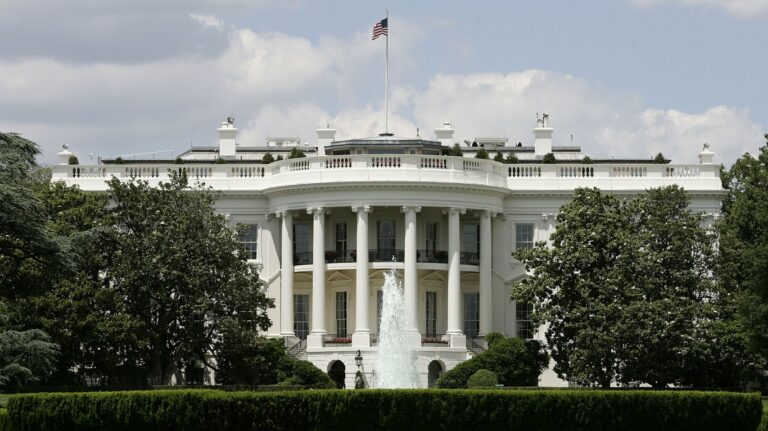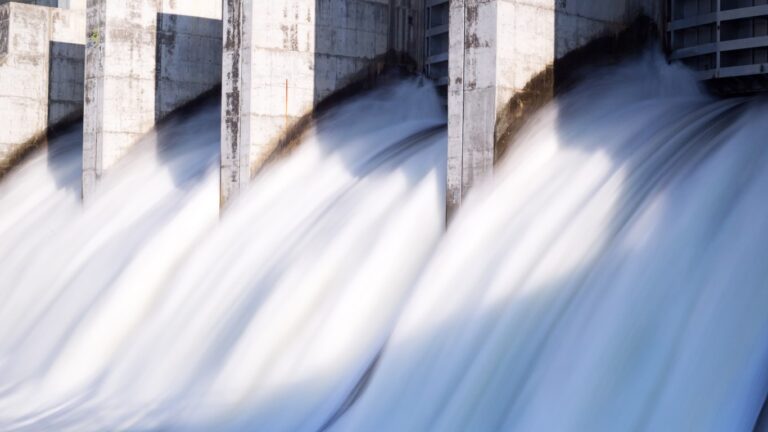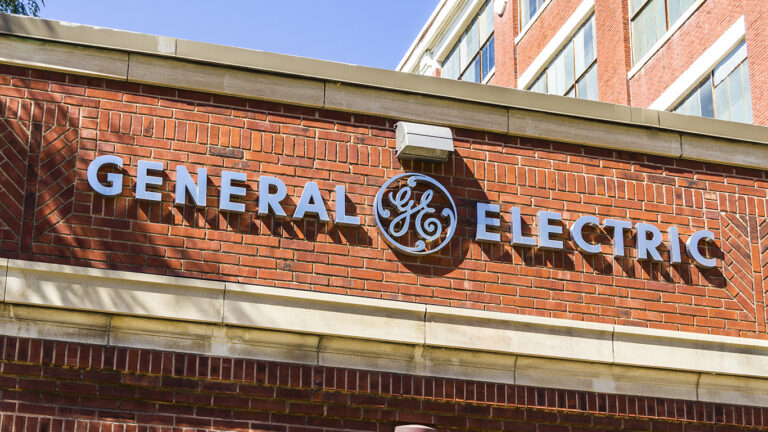Climate Change is Destroying Air Quality in These Counties

Rapid industrialization and technological advancement in the first half of the 20th century, while critical to economic growth, took a heavy environmental toll in the United States – particularly in regard to air quality. However, government intervention in the latter half of the century – most notably the Air Quality Act of 1967 and the Clean Air Acts of 1963 and 1970 – successfully negated much of the harm.
According to the Council on Environmental Quality, there were approximately 25 million metric tons of harmful pollutants in the air, including lead, sulfur dioxide, carbon monoxide, and PM2.5 in the early 1950s. By the mid-1970s, the mass of these and other toxic gasses and particulate matter was more than halved.
But now, major population centers in parts of the country are once again beginning to report worsening air quality. This time, the culprit appears to be climate change.
For much of the last two decades, the Western U.S. has been in the most extreme megadrought in at least 1,200 years. Characterized by extreme heat and limited precipitation, droughts not only present a number of potentially devastating hazards on their own, they also increase the risk of severe wildfires.
As the megadrought has dragged on, wildfires have become more common in Western states. In California, for example, there have been 19 wildfire events that resulted in at least $1 billion in losses since 1980, according to the National Atmospheric and Oceanic Administration. Of those, eight were in the last decade and all but four occurred during the megadrought.
While the destructive potential of a wildfire is self-evident, some of their effects are less obvious. Wildfires release large quantities of fine particulate matter, a mixture of pollutants with a diameter of 2.5 microns or less, into the atmosphere. In high concentrations, fine particulate matter, or PM2.5, has been linked to asthma attacks, acute and chronic bronchitis, problems with the heart and lungs, and premature mortality. Children and older adults are especially vulnerable to PM2.5 exposure.
The impact wildfires can have on air quality was on full display in much of the Northeast last summer. Smoke and polluted air created by the Canadian wildfires of 2023 traveled hundreds of miles and put 100 million Americans across 16 states under air quality alerts. In June, 2023, New York City reportedly had the worst air quality in the world.
Still, overall PM2.5 concentrations have been steadily declining in the Northeast and most other parts of the country for decades. However, the opposite is true in the West, and particularly California.
The Air Quality Index, or AQI, is a standardized indicator of the concentration of pollutants suspended in the air, measured on a scale of 0 to 500. The Environmental Protection Agency has four color categories for harmful AQI levels. The first, when the AQI is between 101 and 150, is orange, indicating the air is unhealthy for sensitive groups. The next color, used for AQIs between 151 and 200, is red, followed by purple for scores of 201 to 300. Maroon is used for emergency conditions, when the AQI exceeds 300, at which point virtually everyone is at risk.
According to The 10th National Risk Assessment report from the First Street Foundation, a non-profit climate-risk research organization, the number of orange AQI days in California climbed by 267% between 2000 and 2020. Over the same period, purple days surged by 1,600% in the state, and maroon days, by 1,167%.
The same report analyzed air quality risk posed by wildfire smoke in all U.S. counties with populations of at least 100,000. It found that of the 10 U.S. counties with the most days where the AQI tops 100 – a code orange or higher – six are in California. Of the remaining four counties, three are in neighboring Oregon, and one is in Colorado. The number of bad air-quality days is expected to rise in most of these places in the next 30 years.

More from ClimateCrisis 247
- Detroit Has Worst Air Pollution In The World
- Turning Sewage Into Water
- Miami May Get Canada Wildfire Smoke
- World Air Quality Is Worse Than Millions Of Years Ago






